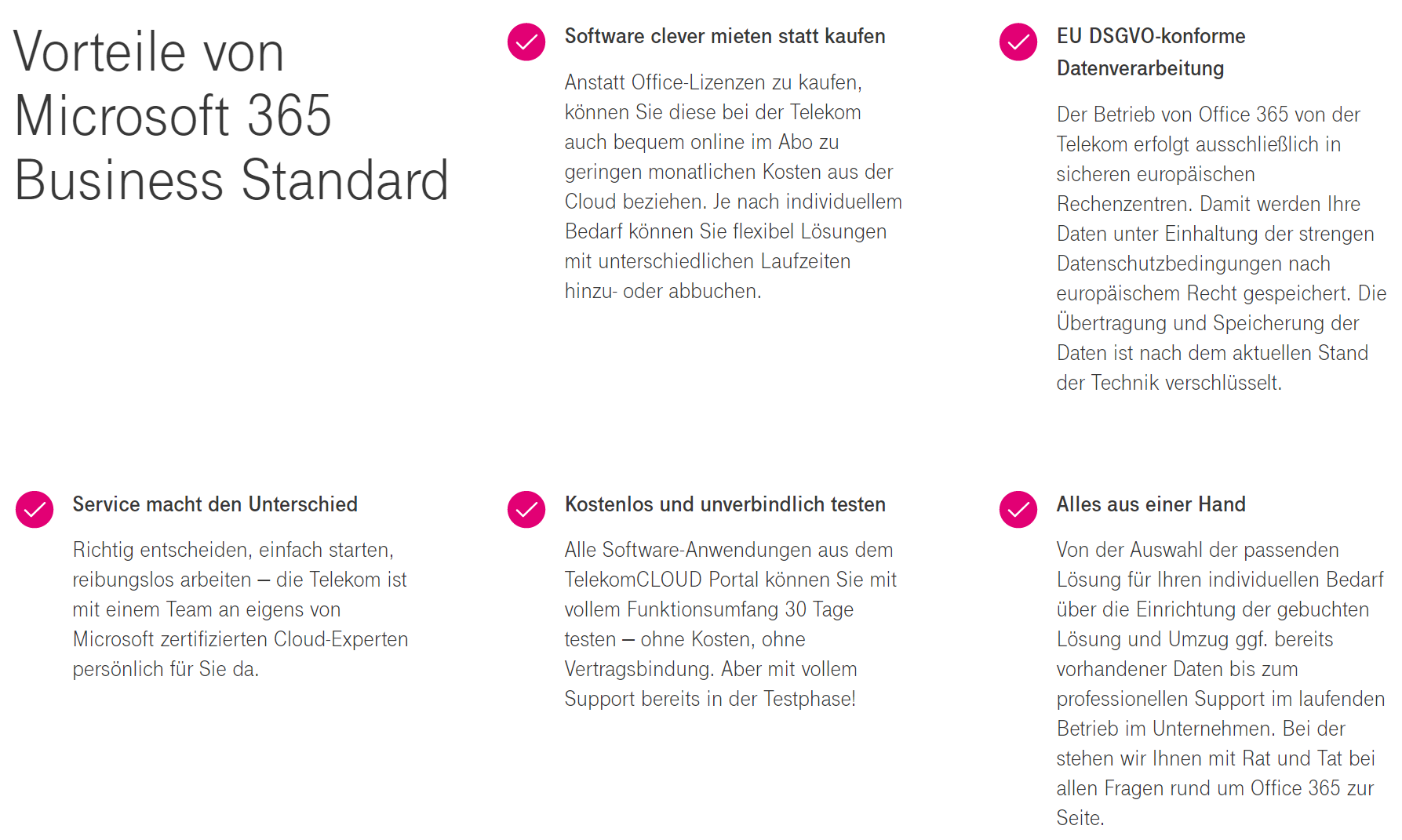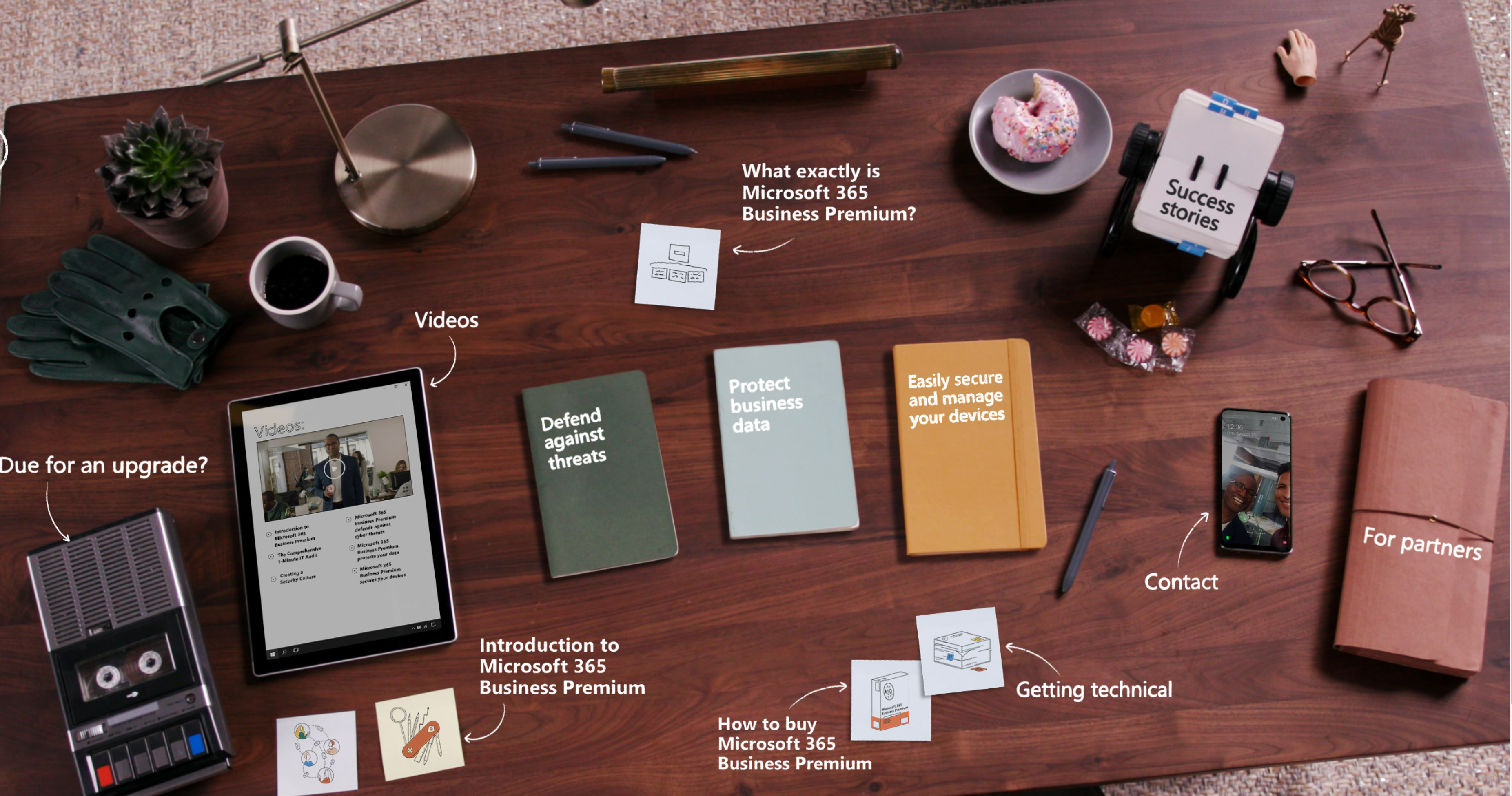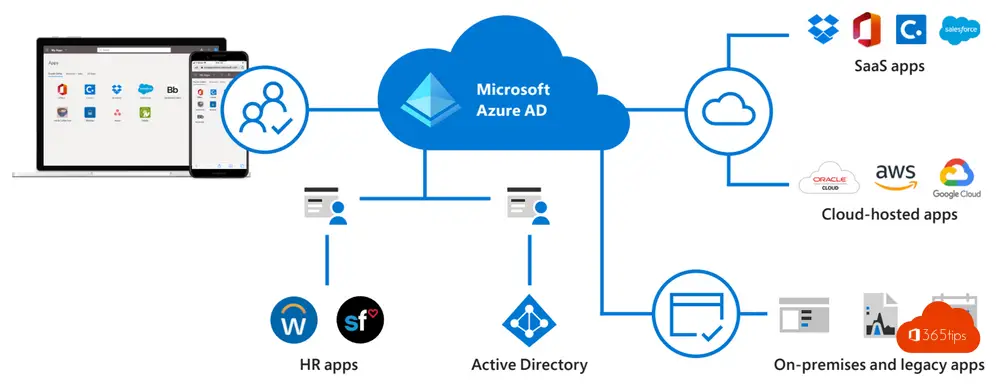Business Standard used to be known as Office 365 Business Premium. Business Premium used to be known as Microsoft 365 Business. Microsoft 365 F3 used to be known as Microsoft 365 F1. The other two packages did not have their names changed at all. M365 Business Premium Sales Fundamentals August 2020 The training contents are focused on M365 Business Premium. The session is designed to help the trainers to redeliver SMB Sales Fundamental trainings to their partners in the field. For more Instructor content join Teams Site available at README FOR INSTRUCTORS.docx.
Microsoft 365 Business Premium
If you have Microsoft 365 Business Premium subscription, all powerful Office apps such as Word, Excel, PowerPoint, and Outlook can be managed and hosted from the cloud. Get personalized emails and dedicated storage in the cloud as well. Irresepective of your business size, get enterprise-grade security for all your devices.
As a top tier Microsoft 365 CSP, Apps4Rent assists you in implementing and personalizing Microsoft Business 365 right from adding your domain, users, and setting up policies to protect your data and devices
Each case is assigned a dedicated migration manager. We will collaborate with you closely to help you to make a smooth transition. Your business operations won’t be disrupted during the migration. Our Microsoft-certified experts will be in constantly in touch with you throughout the process. We continue to support 24/7/365 via phone, chat, and email. Check with our sales team now if you qualify for a free migration.
Submit an enquiry. Schedule a call back right away!
- ✓ Free Migration
- ✓ 24/7 expert support
- ✓ Talk to Microsoft-certified experts
Microsoft 365 Business Premium Plan | |
|---|---|
| $20.00 user/month Start Trial | |
| Office applications | |
| Office on tablets and phones | |
| Fully installed and web versions of Office apps | |
| File & document viewing & editing | |
| 1 TB file storage and sharing | |
| Collaboration services | |
| Business class email (50GB), calendar, and contacts | |
| Online meetings (instant messaging, audio, and HD video chat/conferencing) | |
| Microsoft Teams chat-based workspace | |
| Share files using SharePoint | |
| Business applications | |
| Outlook Customer Manager, Bookings, Invoicing*, MileIQ* *App is currently only available for customers in the US, UK, and Canada. | |
| Security | |
| Helps protect your business from unsafe attachments, suspicious links, and other unseen malware through attachment scanning and link checking | |
| Information Protection Policies to help control & manage how information is accessed | |
| Controls to protect your company data on personal mobile devices | |
| Preservation, Compliance & Archiving capabilities with continuous data backup that is accessible anytime/anywhere. | |
| Device management | |
| Securely manage iOS, Android, Windows, and macOS devices | |
| Self-service PC deployment with Windows AutoPilot | |
| Simplified controls to manage Windows 10 Pro PCs | |
| Get upgraded to Windows 10 Pro from Windows 7, 8 or and 8.1 Pro | |
| Maximum number of users | |
| Up to 300 | |
| $20.00 user/month Start Trial | |
Who can use Microsoft 365?
Suited for small and medium businesses, Microsoft 365 is a solution that offers employees with the excellent productivity and collaboration capabilities of all services and products offered by Microsoft. Get device management capabilities and security solutions to safeguard business data and assets across devices.
Who will provide the support?
Apps4Rent team will work like your internal IT team and we provide extensive Support beyond Microsoft for anything and everything. Contact us 24/7 via phone, chat, and email. Our Microsoft-certified engineers are always available to resolve your issues.
WHO USES Microsoft 365 Business Premium?
It is a comprehensive solution with advanced cloud-based security implementations for small and medium businesses typically comprising fewer than 300 employees. It is particularly well suited for businesses operating in industries like healthcare, finance, accounting, biotech, and hospitality that not only are prone to malicious attacks but also face stringent compliance regulations.
ARE OTHER APPLICATIONS AND SUBSCRIPTIONS COMPATIBLE WITH THIS MICROSOFT 365 PLAN?
Yes, this plan is extensible like other Microsoft products. It can be further enhanced by implementing other Azure applications like Dynamics 365, and additional security measures like Enterprise Mobility + Security by combining them as add-ons or by subscribing to them.
DO ALL MY EMPLOYEES NEED THE SUBSCRIPTION?
It is highly recommended that you purchase the relevant licenses for all employees for the standardizing policies and practices across the organization and consistently implementing safety and security measures. However, the subscription is available on a per-user basis for allowing greater flexibility.
What is the best way to deploy Microsoft 365 Business Premium?

Partner-assisted deployment is the recommended way to deploy it. Contact a Microsoft partner like Apps4Rent which is well-equipped to help you understand your options and make the best recommendations for deploying Microsoft 365 plans.
Do you have an annual contract?
We do not tie our customers with lengthy contracts. We adopt a ‘pay-as-you-go’ model which means you pay monthly. Increase or reduce the number of licenses as per your requirements. For more than 300 users, see Microsoft 365 Enterprise plans.
IS IT USEFUL IF MY EMPLOYEES BRING THEIR OWN DEVICES?
Yes. Your employees can bring their own devices. The plan has provisions to protect business data accessed on laptops, tablets, and smartphones. It comes with App Protection for Office mobile apps to enforce security measures like PIN/ fingerprint verification, auto-deleting and storage restrictions on mobile devices apart from device management features for Windows, iOS, Android and macOS devices.
HOW DOES APPS4RENT HELP?
Apps4Rent will assist you with whatever configurations that may be required to implement the plan effectively for your business. We will continue to support you 24/7 via phone, email, and chat after the suite has been installed and personalized for your organization free of cost.
What is the difference between M365 Apps for business and Microsoft 365 Business Premium?
While Microsoft 365 is a combination of email and the Office suite on the cloud, Microsoft 365 Business Premium is M365 Apps for business with additional security features. It has a unified portal for managing users and devices. It also has the Windows 10 Pro Operating System with the Windows Defender Management Controls.
Submit Your Requirements
 -->
-->This article compares encryption options in Microsoft 365 including Office 365 Message Encryption (OME), S/MIME, Information Rights Management (IRM), and introduces Transport Layer Security (TLS).
Microsoft 365 delivers multiple encryption options to help you meet your business needs for email security. This article presents three ways to encrypt email in Office 365. If you want to learn more about all security features in Office 365, visit the Office 365 Trust Center. This article introduces the three types of encryption available for Microsoft 365 administrators to help secure email in Office 365:
Office Message Encryption (OME).
Secure/Multipurpose Internet Mail Extensions (S/MIME).
Information Rights Management (IRM).
How Microsoft 365 uses email encryption
Encryption is the process by which information is encoded so that only an authorized recipient can decode and consume the information. Microsoft 365 uses encryption in two ways: in the service, and as a customer control. In the service, encryption is used in Microsoft 365 by default; you don't have to configure anything. For example, Microsoft 365 uses Transport Layer Security (TLS) to encrypt the connection, or session, between two servers.
Here's how email encryption typically works:
A message is encrypted, or transformed from plain text into unreadable ciphertext, either on the sender's machine, or by a central server while the message is in transit.
The message remains in ciphertext while it's in transit in order to protect it from being read in case the message is intercepted.
Once the message is received by the recipient, the message is transformed back into readable plain text in one of two ways:
The recipient's machine uses a key to decrypt the message, or
A central server decrypts the message on behalf of the recipient, after validating the recipient's identity.
For more information on how Microsoft 365 secures communication between servers, such as between organizations within Microsoft 365 or between Microsoft 365 and a trusted business partner outside of Microsoft 365, see How Exchange Online uses TLS to secure email connections in Office 365.
Watch this video for an introduction to Encryption in Office 365.
Comparing email encryption options available in Office 365
| Email encryption technology | |||
|---|---|---|---|
| What is it? | Office 365 Message Encryption (OME) is a service built on Azure Rights Management (Azure RMS) that lets you send encrypted email to people inside or outside your organization, regardless of the destination email address (Gmail, Yahoo! Mail, Outlook.com, etc.). As an admin, you can set up transport rules that define the conditions for encryption. When a user sends a message that matches a rule, encryption is applied automatically. To view encrypted messages, recipients can either get a one-time passcode, sign in with a Microsoft account, or sign in with a work or school account associated with Office 365. Recipients can also send encrypted replies. They don't need a Microsoft 365 subscription to view encrypted messages or send encrypted replies. | IRM is an encryption solution that also applies usage restrictions to email messages. It helps prevent sensitive information from being printed, forwarded, or copied by unauthorized people. IRM capabilities in Microsoft 365 use Azure Rights Management (Azure RMS). | S/MIME is a certificate-based encryption solution that allows you to both encrypt and digitally sign a message. The message encryption helps ensure that only the intended recipient can open and read the message. A digital signature helps the recipient validate the identity of the sender. Both digital signatures and message encryption are made possible through the use of unique digital certificates that contain the keys for verifying digital signatures and encrypting or decrypting messages. To use S/MIME, you must have public keys on file for each recipient. Recipients have to maintain their own private keys, which must remain secure. If a recipient's private keys are compromised, the recipient needs to get a new private key and redistribute public keys to all potential senders. |
| What does it do? | OME: Encrypts messages sent to internal or external recipients. Allows users to send encrypted messages to any email address, including Outlook.com, Yahoo! Mail, and Gmail. Allows you, as an admin, to customize the email viewing portal to reflect your organization's brand. Microsoft securely manages and stores the keys, so you don't have to. No special client side software is needed as long as the encrypted message (sent as an HTML attachment) can be opened in a browser. | IRM: Uses encryption and usage restrictions to provide online and offline protection for email messages and attachments. Gives you, as an admin, the ability to set up transport rules or Outlook protection rules to automatically apply IRM to select messages. Lets users manually apply templates in Outlook or Outlook on the web (formerly known as Outlook Web App). | S/MIME addresses sender authentication with digital signatures, and message confidentiality with encryption. |
| What does it not do? | OME doesn't let you apply usage restrictions to messages. For example, you can't use it to stop a recipient from forwarding or printing an encrypted message. | Some applications may not support IRM emails on all devices. For more information about these and other products that support IRM email, see Client device capabilities. | S/MIME doesn't allow encrypted messages to be scanned for malware, spam, or policies. |
| Recommendations and example scenarios | We recommend using OME when you want to send sensitive business information to people outside your organization, whether they're consumers or other businesses. For example: A bank employee sending credit card statements to customers A doctor's office sending medical records to a patient An attorney sending confidential legal information to another attorney | We recommend using IRM when you want to apply usage restrictions as well as encryption. For example: A manager sending confidential details to her team about a new product applies the 'Do Not Forward' option. An executive needs to share a bid proposal with another company, which includes an attachment from a partner who is using Office 365, and require both the email and the attachment to be protected. | We recommend using S/MIME when either your organization or the recipient's organization requires true peer-to-peer encryption. S/MIME is most commonly used in the following scenarios: Government agencies communicating with other government agencies A business communicating with a government agency |
What encryption options are available for my Microsoft 365 subscription?
For information about email encryption options for your Microsoft 365 subscription see the Exchange Online service description. Here, you can find information about the following encryption features:
Azure RMS, including both IRM capabilities and OME
S/MIME
TLS
Encryption of data at rest (through BitLocker)

You can also use third-party encryption tools with Microsoft 365, for example, PGP (Pretty Good Privacy). Microsoft 365 does not support PGP/MIME and you can only use PGP/Inline to send and receive PGP-encrypted emails.
What about encryption for data at rest?
'Data at rest' refers to data that isn't actively in transit. In Microsoft 365, email data at rest is encrypted using BitLocker Drive Encryption. BitLocker encrypts the hard drives in Microsoft datacenters to provide enhanced protection against unauthorized access. To learn more, see BitLocker Overview.
More information about email encryption options
For more information about the email encryption options in this article as well as TLS, see these articles:
M365 Business Premium Cost
OME
IRM
M365 Business Premium Email Encryption
S/MIME
M365 Business Premium Vs E3
TLS

Comments are closed.